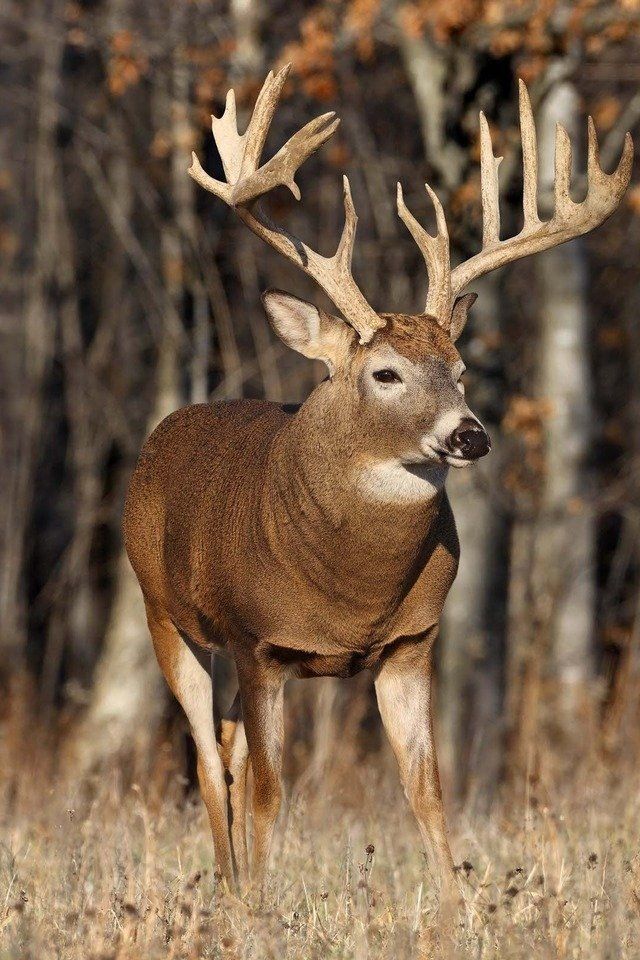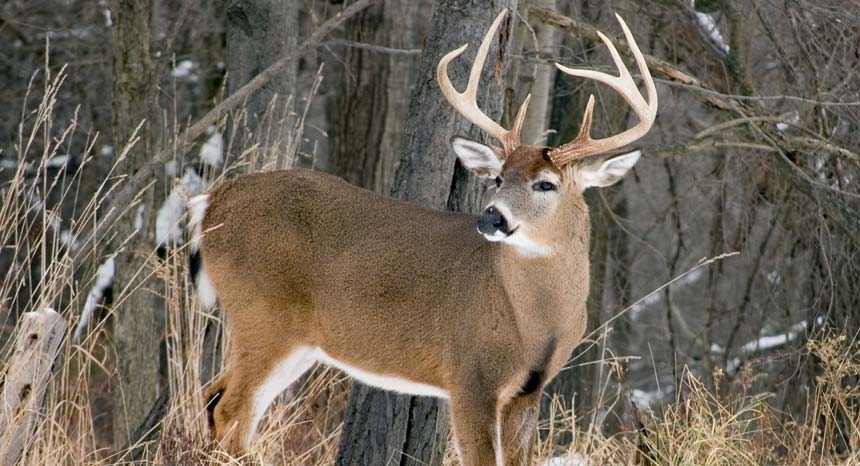I just finished filling the outdoor wood stove up and it is cold enough out that when you breathe in the freezing air, your nostrils hairs stick together. As I stood there enjoying the warmth of the fire pondered the strategies deer use to survive in these bitter cold temperatures. How resilient whitetail deer must be to withstand freezing cold temperatures day in and day out in the northern climates. Our daily experiences give us a respect for the prey we attempt to harvest each year. Deer survival and is often misunderstood.
The further you go north the more deer gather in what we call wintering deer yards. Deer yards serve many purposes but let me first explain what a deer yard is, simply stated it is a group of anywhere from twenty five to hundreds of deer gathering in a small area during winters most extreme conditions. You tend to see more yards when the depth of snow is so deep it hinders movement. Hunting deer season is usually closed by the time deer start forming into yards. Shooting deer from a deer yard is considered unethical.
These wintering deer yards which are used year after year offer protection from predators such as wolves, coyotes and mountain lions. The protection comes in the form of the more deer the less a predator will think it is wise to make an attack. A predator will hunt on the fringes of the deer yard and will only attack if the deer present an easy kill. Deer that are in poor shape will be the prime target for predators.
Some say they yard up to conserve heat but I disagree. The deer is adapted for cold temperatures. Their coat is made up of hollow short hair. This hair acts as insulation for the deer. The deer can be covered in snow but the snow that lands on their coat will not melt. So the body heat generated by the deer is kept in the body and cannot escape but only through the mouth and the nose. When a deer lies down in their bed they tuck their legs underneath them to conserve heat. It is also known that deer activity will rise in severe cold temperatures; the more active the deer is the higher the body temperature rises.
This increase in activity often occurs just before the first snow fall; deer will increase their activity to adjust to the seasonal changes in weather. It is thought that deer are very good predictors of a storm front that is about to move in; although not scientifically proven it is due to the decrease in the barometric pressure. Although I think a lot has to do with how fast the pressure drops, if the barometric pressure drops in the winter it is a usually the sign of a storm forming. This information are useful when we are hunting deer.
Deer yard mortality rate is one of the most controversial topics when it comes to scientific perspective to a deer hunter’s perspective. Hunters that enjoy hunting deer feel the need to help deer survive through the wintering deer yard process. They will feed the deer to reduce the mortality rate. For wildlife biologists this is a double edged sword on one hand we care for the animals we study but on the other hand we understand how important it is not to alter that ecosystem. Deer density is determined by the habitat and the poundage of forage available. If you let deer survive and reduce the overall deer yard moralities that increase the overall herd density for that year. Compound that effect year in and out you will soon have a population problem. It puts pressure on the available forage and in some cases diminishes the available forage beyond repair. So winter deer yard mortality is essential and necessary for the overall health of the whitetail population.
